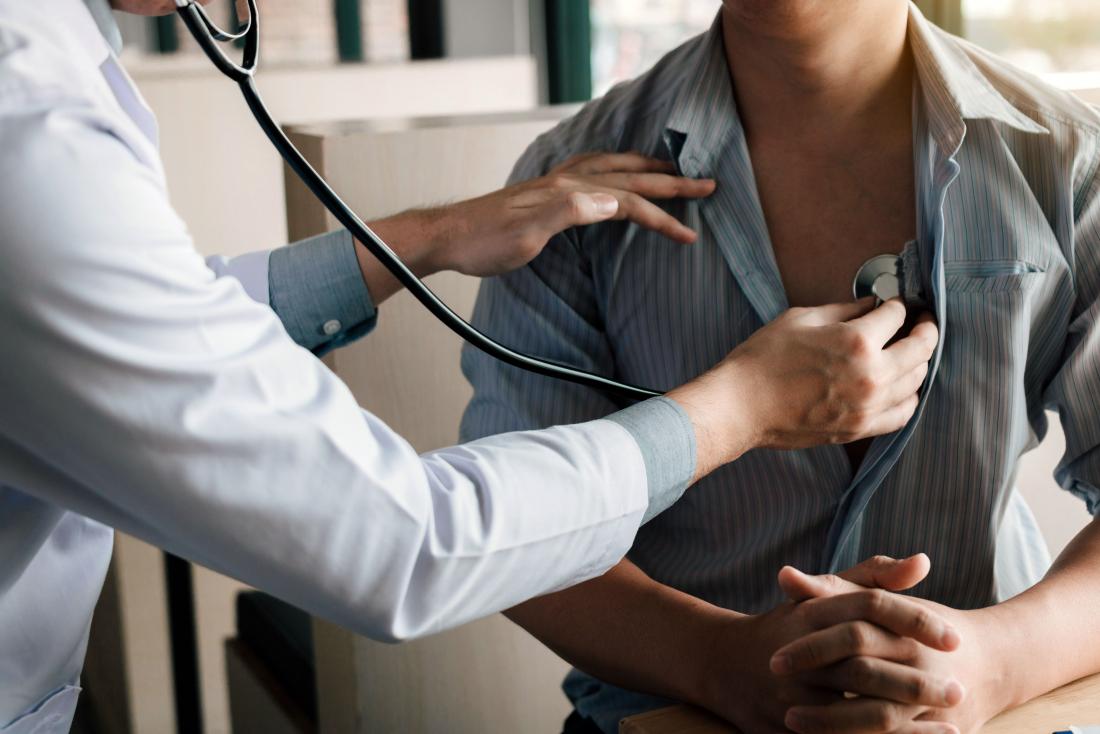
General Guide to NAC OSCE Physical Examination
After taking a patient's history, a physical examination is usually the first diagnostic measure performed. This allows for an initial assessment of symptoms and helps determine potential diagnoses and next steps. Ideally, a complete physical examination should be conducted for every patient, but in practice, it is often tailored to specific concerns. The sensitivity and specificity of physical examination findings can vary greatly, and in some cases, a diagnosis may be made solely based on the physical examination.
The examination framework
Each system examination is divided into the following categories:
- Inspection (looking).
- Palpation (feeling).
- Percussion (tapping).
- Auscultation (listening).
- In addition, there may be special tests and other added categories
General Inspection and vital signs
The complete examination should proceed in an orderly fashion with a minimum of required position shifts by the patient. One important rule is that you should always stand on the patient's right-hand side. This gives them a feeling of control over the situation (most people are right-handed).
- General inspection from the end of the bed. Look around the bed for medical equipment/therapies (e.g. medications, oxygen masks, nebulizers, inhalers, sputum pots, urobag etc.)

- Note the general appearance of the patient and observe if they appear to be well/unwell. Evaluate body habitus, hair distribution, muscle mass, movement coordination, odours, and breathing pattern – comfortable/dyspnoea. Comment on SEADS • Swelling • Erythema • Atrophy • Deformity • Surgical scars.
Palpation
Palpation requires you to touch the patient with different parts of your hands, using varying degrees of pressure. Because your hands are your tools, keep your fingernails short and your hands warm. Wear gloves when palpating mucous membranes or areas in contact with body fluids. Palpate tender areas last.
Types of palpation
Light palpation

- Use this technique to feel for surface abnormalities.
- Depress the skin ½ to ¾ inch (about 1 to 2 cm) with your finger pads, using the lightest touch possible.
- Assess for texture, tenderness, temperature, moisture, elasticity, pulsations, and masses.
Deep palpation

- Use this technique to feel internal organs and masses for size, shape, tenderness, symmetry, and mobility.
- Depress the skin 1½ to 2 inches (about 4 to 5 cm) with firm, deep pressure.
- Use one hand on top of the other to exert firmer pressure, if needed.
Percussion
Percussion involves tapping your fingers or hands quickly and sharply against parts of the patient's body to help you locate organ borders, identify organ shape and position, and determine if an organ is solid or filled with fluid or gas.
Types of percussion
Direct percussion
This technique reveals tenderness; it's commonly used to assess an adult's sinuses.

- Using one or two fingers, tap directly on the body part.
- Ask the patient to tell you which areas are painful, and watch his face for signs of discomfort.
Indirect percussion
This technique elicits sounds that give clues to the makeup of the underlying tissue. Here's how to do it:

- Press the distal part of the middle finger of your nondominant hand firmly on the body part.
- Keep the rest of your hands off the body surface.
- Flex the wrist of your nondominant hand.
- Using the middle finger of your dominant hand, tap quickly and directly over the point where your other middle finger touches the patient's skin.
- Listen to the sounds produced.
Auscultation
Auscultation involves listening for various lung, heart, and bowel sounds with a stethoscope.
Getting ready
- Provide a quiet environment.
- Make sure the area to be auscultated is exposed (a gown or bed linens can interfere with sounds.)
- Warm the stethoscope head in your hand.
- Close your eyes to help focus your attention.
How to auscultate
- Use the diaphragm to pick up high-pitched sounds, such as first (S1) and second (S2) heart sounds. Hold the diaphragm firmly against the patient's skin, using enough pressure to leave a slight ring on the skin afterward.
- Use the bell to pick up low-pitched sounds, such as third (S3) and fourth (S4) heart sounds. Hold the bell lightly against the patient's skin, just hard enough to form a seal. Holding the bell too firmly causes the skin to act as a diaphragm, obliterating low-pitched sounds.
- Listen to and try to identify the characteristics of one sound at a time.
